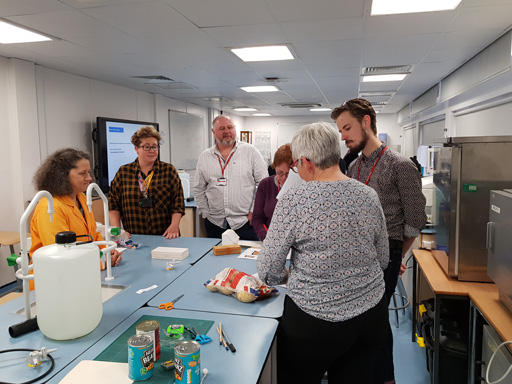2.5 Strategies for planning for impact
These are some strategies for planning for impact when conducting a SoTL inquiry.
- Keep a record of the reflections throughout the SoTL project; re-visiting the reflections from time to time and sharing what you have learned with others will help influence other SoTL activity within the department and institution.
- Analyse the SoTL project’s findings for alignment with departmental and institutional priorities for student support, learning and success (Schroeder, 2007).
- Ongoing dissemination of SoTL project’s outcomes: dissemination via videos, podcasts and blogging in the public domain before you are ready to publish your results in a conference or a journal will help in generating discussions and receiving feedback before formal publication.
- Subjecting SoTL outputs to peer review such as publication in peer-reviewed journals and conferences will help raise the profile of the SoTL project and create opportunities for uptake of the project’s outcomes.
For SoTL to make an impact in higher education, planning for impact at an inquiry level alone may not suffice. Continued leadership and commitment at departmental and institutional levels, but also from disciplinary societies, from funders, and from governing and accreditation bodies will be required to sustain and grow SoTL’s impact (How, 2020).

Activity 7 Planning a SoTL inquiry for impact
Think about the various strategies for planning a SoTL inquiry for impact that you have explored so far.
- For the SoTL inquiry that you are designing to conduct in the near future, reflect on the strategies that you have learned and how you could apply them in your planning for impact.
- If you are not currently involved with designing a SoTL inquiry, reflect on whether and how the strategies that you have encountered could influence your research, knowledge exchange or public engagement activities.
In the next section, you will consider an action agenda for SoTL so that ‘investigative work into teaching and learning will not be an intriguing aside, or add-on, but an essential facet of good teaching – built into the expected repertoire of scholarly practice’ (Shulman, 2000, cited in Hutchings et al., 2011).
